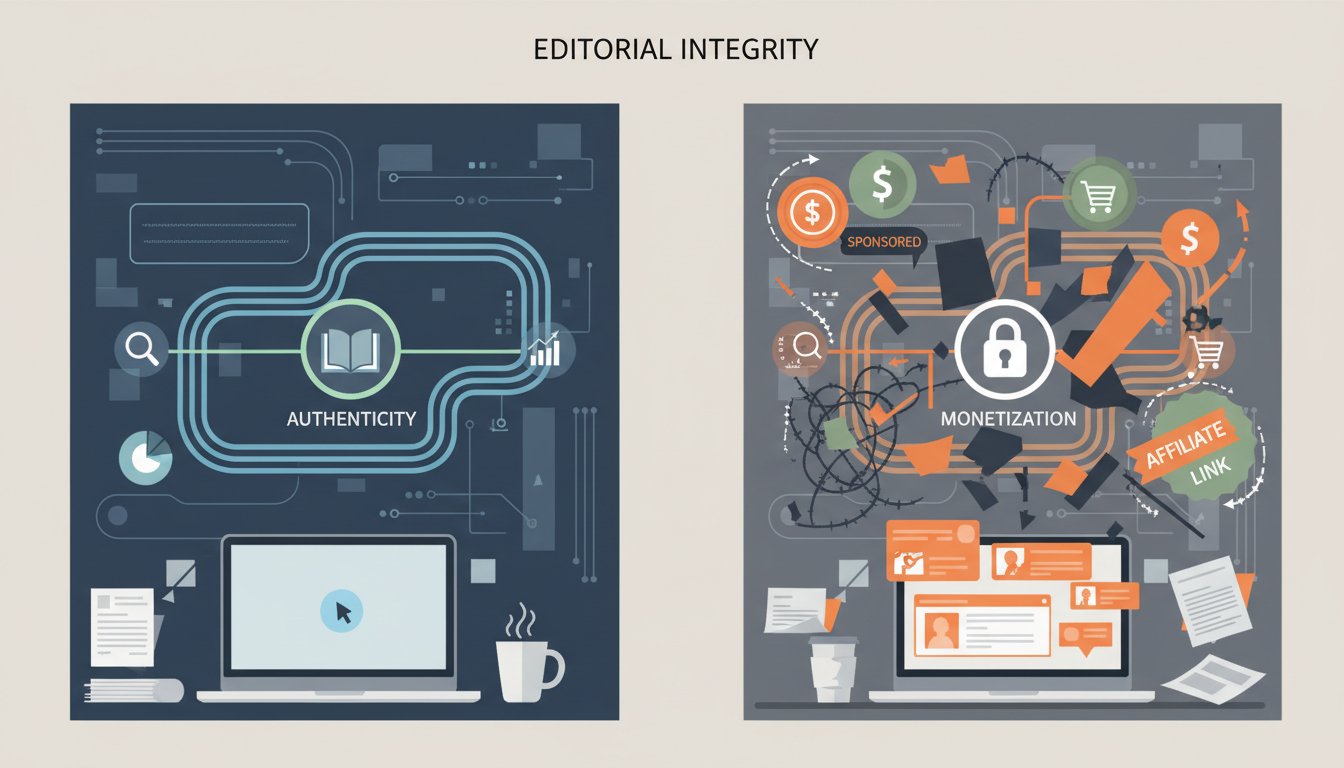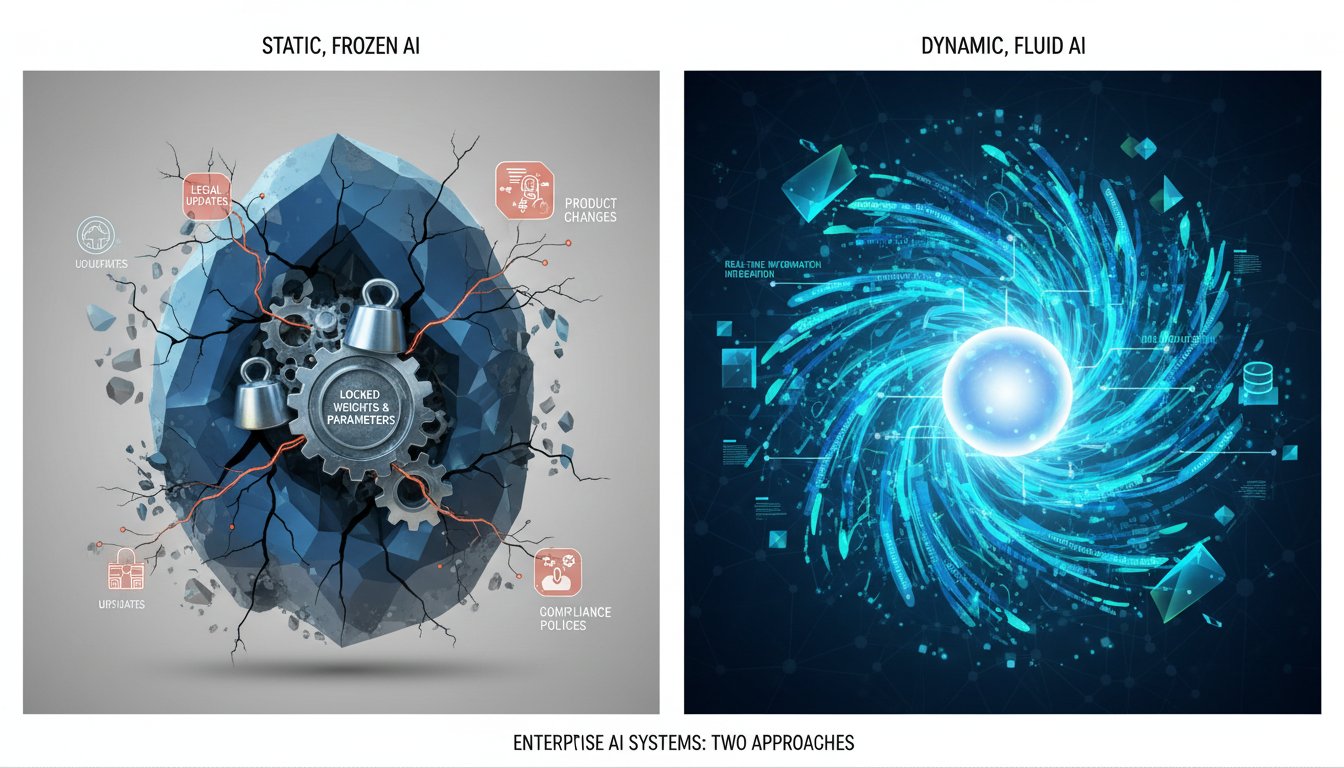Introduction
Imagine instantly transforming your company’s collective knowledge into dynamic, context-aware answers for your team—or your customers. That’s the promise of Retrieval Augmented Generation (RAG), a technology upending how organizations use AI, and it’s capturing the imagination of engineers everywhere. But as RAG becomes the backbone of practical AI in the enterprise, one challenge looms large: how do you actually build a RAG system that’s ready for production?
Many teams hit roadblocks with unreliable results, tangled integrations, or ballooning costs. The market’s flush with frameworks like Langchain, LlamaIndex, and Firecrawl, each promising seamless enterprise integration. Yet, clarity—and proven recipes—are rare.
This guide demystifies the process. Using open-source tools, we’ll break down the architecture, provide actionable steps, and highlight common mistakes to avoid. Expect hands-on insights, practical examples, and safety tips, drawn from the very latest in AI research and enterprise deployments. If you’re ready to move RAG from experiment to enterprise, let’s jump in.
1. Demystifying RAG Architecture
What is RAG?
Retrieval Augmented Generation (RAG) supercharges large language models by pairing them with real-time information retrieval. Instead of relying solely on a model’s static knowledge, RAG pipelined systems dynamically pull trusted contexts from external databases—like internal wikis or product manuals—to feed AI responses.
Core Components of a RAG Pipeline:
- Retriever: Finds relevant documents or passages from a knowledge base (often using vector search).
- Generator: Passes retrieved context to an LLM (like GPT-4 or open-source options), which uses it to generate context-aware outputs.
- Orchestrator: Controls workflow, context selection, prompt engineering, and response assembly.
Example: Samsung SDS’s SKE-GPT transformed enterprise search by connecting internal resources to their GPT-based assistant, cutting support response times dramatically (Samsung Case Study).
Why Open-Source?
Open-source RAG frameworks offer rapid iteration, flexibility, no vendor lock-in, and growing communities. Langchain and LlamaIndex are leading choices, recently joined by Firecrawl and AutoRAG.
2. Choosing Your Open-Source Framework
Top RAG Frameworks for 2025
1. Langchain
- Strengths: Extensible pipelines, supports multiple retrievers and LLMs, vibrant community.
- Popular Use Case: Knowledge assistants in finance and legal.
2. LlamaIndex
- Strengths: Simple integration with data lakes and cloud storage, fast vector search.
- Popular Use Case: Enterprise document chatbots.
3. Firecrawl
- Strengths: Scrapes and indexes web/public sources, open-source and customizable.
- Popular Use Case: Competitive analysis, web research tools.
4. AutoRAG by Cloudflare
- Strengths: Managed service, built-in orchestration, enterprise-ready.
- Popular Use Case: Deployments requiring scale and security (Cloudflare AutoRAG).
Tip: Review Firecrawl’s blog for direct comparisons, real use cases, and code samples.
3. Step-by-Step: Building a Production-Ready RAG Pipeline
Step 1: Define Your Use Case and Data Sources
Outline where your context lives: internal corpuses, knowledge bases, or product manuals. Clarity here streamlines the rest of your pipeline.
Proof Point: TDWI’s enterprise survey found that 72% of successful RAG deployments started with a single, well-defined domain—rather than scattering efforts.
Step 2: Set Up Vector Database and Data Ingestion
Tools like Pinecone, Weaviate, and open-source FAISS let you store and query vector embeddings for fast retrieval. Use LlamaIndex or Langchain to index your documents.
Example: LlamaIndex provides ingestion connectors for Google Drive, S3, and SQL databases, auto-extracting embeddings from PDFs, webpages, and more.
Step 3: Configure Your Retriever
Tune retrievers using vector similarity or hybrid (vector + keyword) methods. Langchain’s retrievers can prioritize recent or frequently accessed documents.
Expert Insight: Real-world RAG deployments (Samsung SDS, large e-commerce) often combine semantic search with metadata filtering for accuracy.
Step 4: Integrate Your LLM
Connect your preferred LLM—whether OpenAI’s API, local Llama models, or enterprise offerings. Test prompt engineering to optimize context usage and reduce hallucination.
Data Point: Addepto found that prompt engineering, paired with context validation, cuts AI hallucinations by up to 65% compared to naïve RAG approaches.
Step 5: Orchestrate, Monitor, and Secure
Use your framework’s orchestrator to manage pipeline flow. Implement context validation, safety checks, and audit logs. Regularly monitor for unintended outputs and feedback loops.
Practical Tip: Cloudflare’s AutoRAG introduces built-in safety checks and prompt logging—a trend to follow for all enterprise-grade systems.
4. Avoiding Pitfalls—And Scaling Safely
Common Challenges and How to Solve Them
- Hallucinations: Use context validation, feedback mechanisms, and prompt engineering.
- Latency: Optimize retriever queries, cache common contexts, async processing.
- Data Drift: Regularly re-index and monitor for outdated or irrelevant documents.
- Security: Mask sensitive data, authenticate all data sources, and monitor LLM outputs for leaks (Bloomberg safety research).
Proof Point: Enterprises with automated context validation and safety triggers see 40% improvement in user trust and regulatory compliance.
5. Real-World Success: Transformative RAG Deployments
Inspiring Case Study: E-commerce CX with RAG
A leading retailer implemented RAG-driven AI for real-time product support, slashing response times and improving customer ratings. By leveraging open-source components (LlamaIndex + Pinecone), they kept costs low and could iterate fast.
Success Metrics:
– 50% faster support ticket resolution
– 30% decrease in customer complaints
Samsung SDS’s SKE-GPT also stands out, achieving industry praise for scalable enterprise search—demonstrating how RAG is becoming table stakes for future-ready organizations.
Conclusion
Building an enterprise-ready RAG pipeline doesn’t have to be a mystery. Open-source frameworks like Langchain, LlamaIndex, and Firecrawl put this transformative tech within reach. Start small: clearly define your problem, pick the right toolkit, and bake in safety from day one. As the RAG ecosystem evolves, those who build with care and community insight will lead the next wave of enterprise AI.
Ready to ‘rag about it’ with other builders? Revisit the original hook—stop waiting for perfect solutions, and start building yours today.
Next Steps
- Explore our RAG Tools Library: Jump into walkthroughs and framework comparisons at RagAboutIt.com.
- Join our community: Share your questions and wins on our forums.
- Subscribe to our newsletter for weekly RAG deep-dives and success stories.




